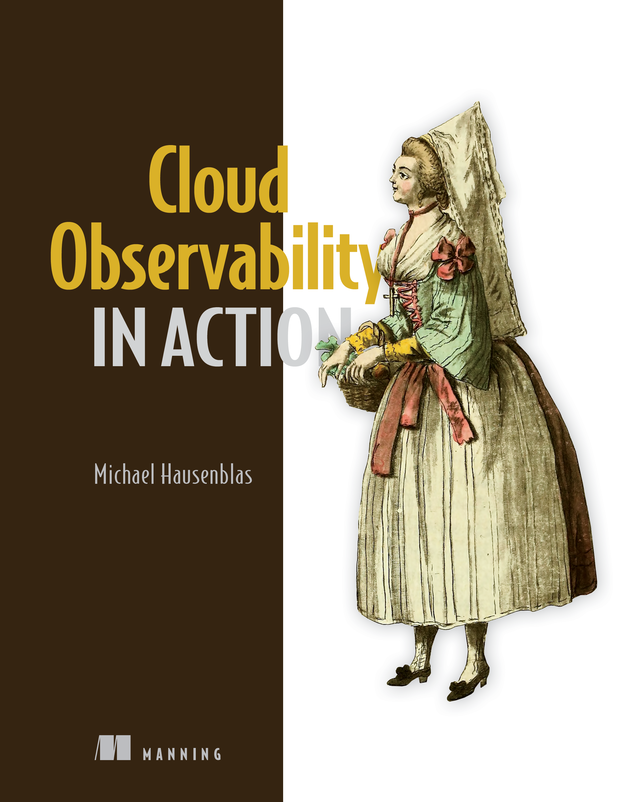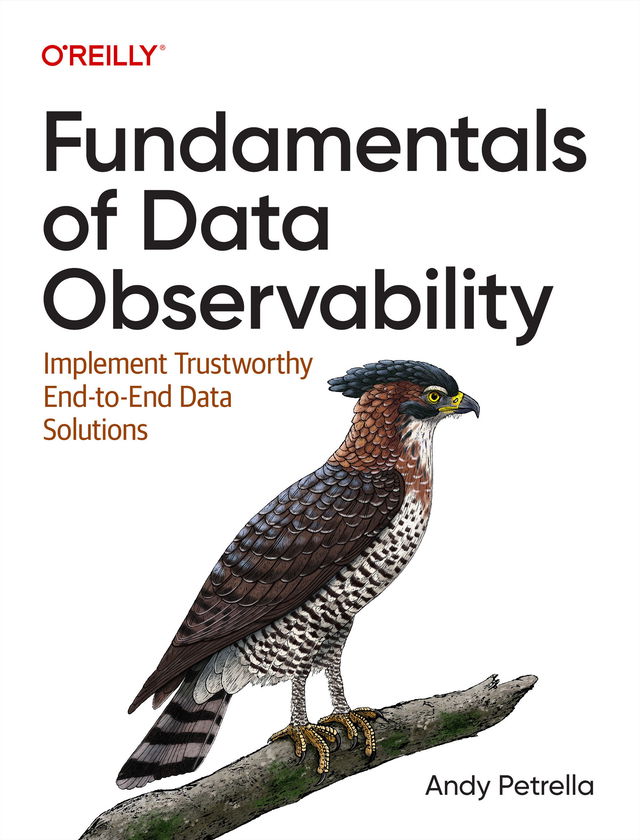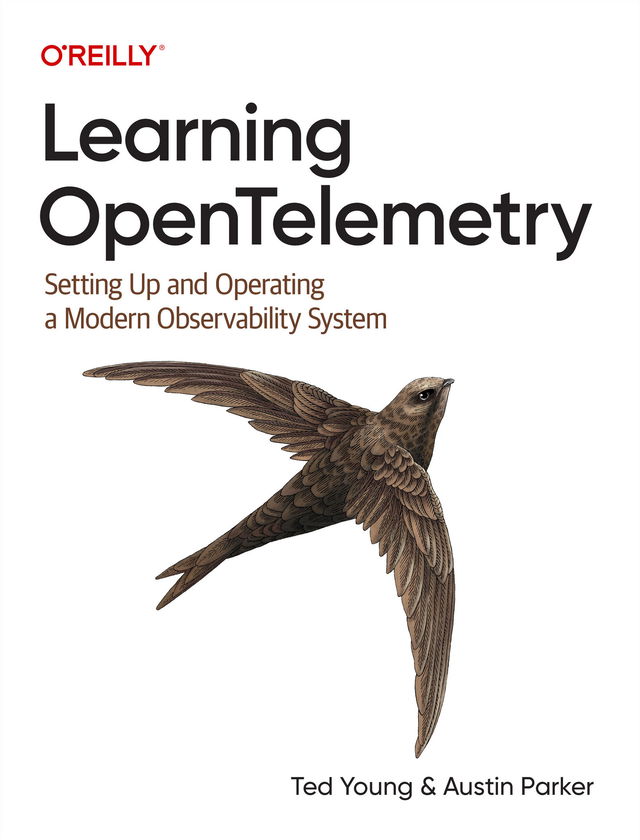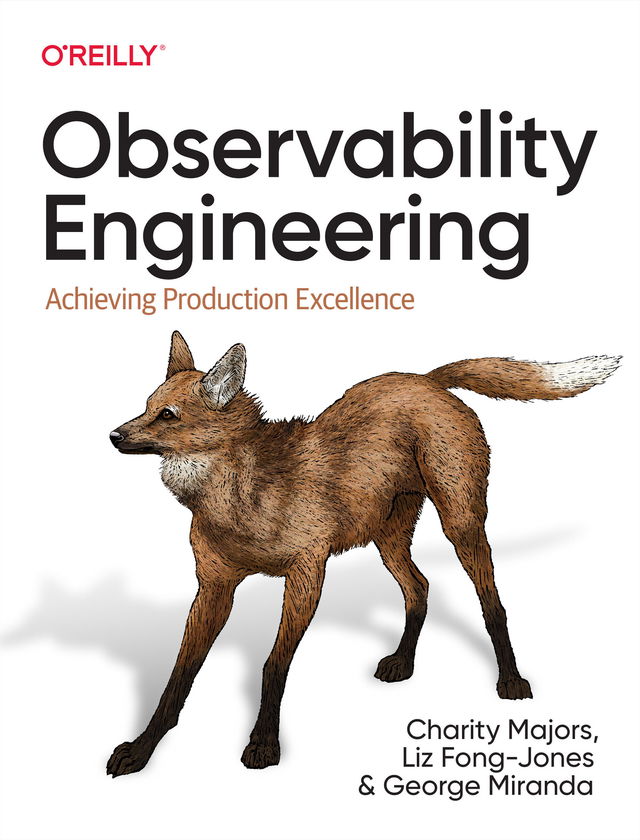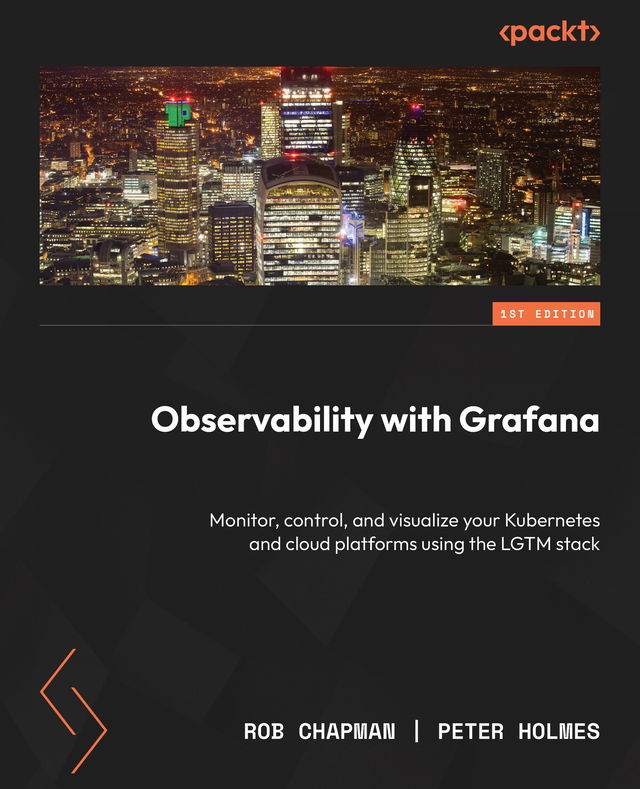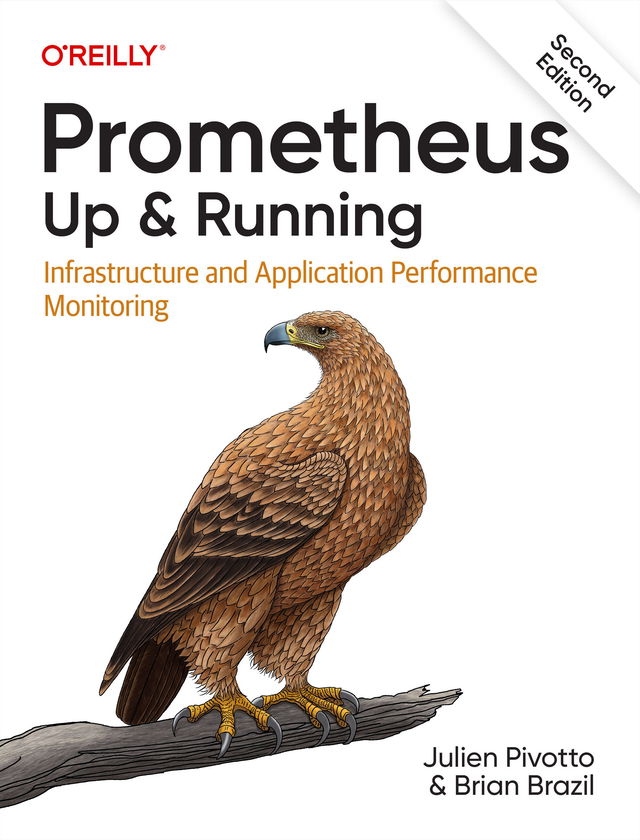Don’t fly blind. Observability gives you actionable insights into your cloud native systems—from pinpointing errors, to increasing developer productivity, to tracking compliance.
Observability is the difference between an error message and an error explanation with a recipe how to resolve the error! You know exactly which service is affected, who’s responsible for its repair, and even how it can be optimized in the future. Cloud Observability in Action teaches you how to set up an observability system that learns from a cloud application’s signals, logging, and monitoring, all using free and open source tools.
In Cloud Observability in Action you will learn how to:
- Apply observability in cloud native systems
- Understand observability signals, including their costs and benefits
- Apply good practices around instrumentation and signal collection
- Deliver dashboarding, alerting, and SLOs/SLIs at scale
- Choose the correct signal types for given roles or tasks
- Pick the right observability tool for any given function
- Communicate the benefits of observability to management
A well-designed observability system provides insight into bugs and performance issues in cloud native applications. They help your development team understand the impact of code changes, measure optimizations, and track user experience. Best of all, observability can even automate your error handling so that machine users apply their own fixes—no more 3AM calls for emergency outages.
